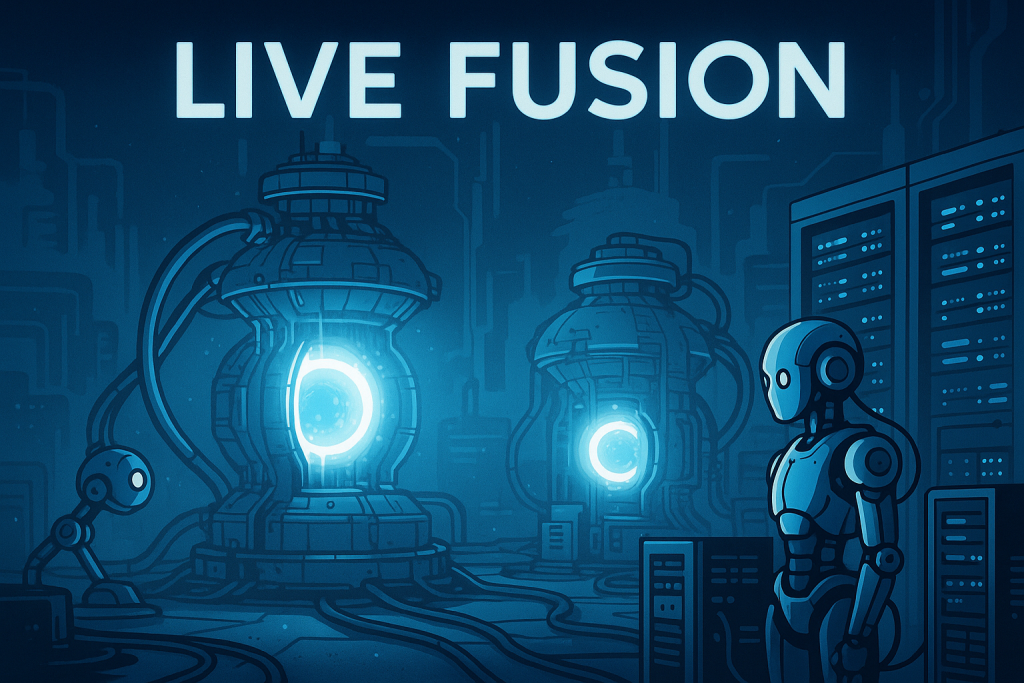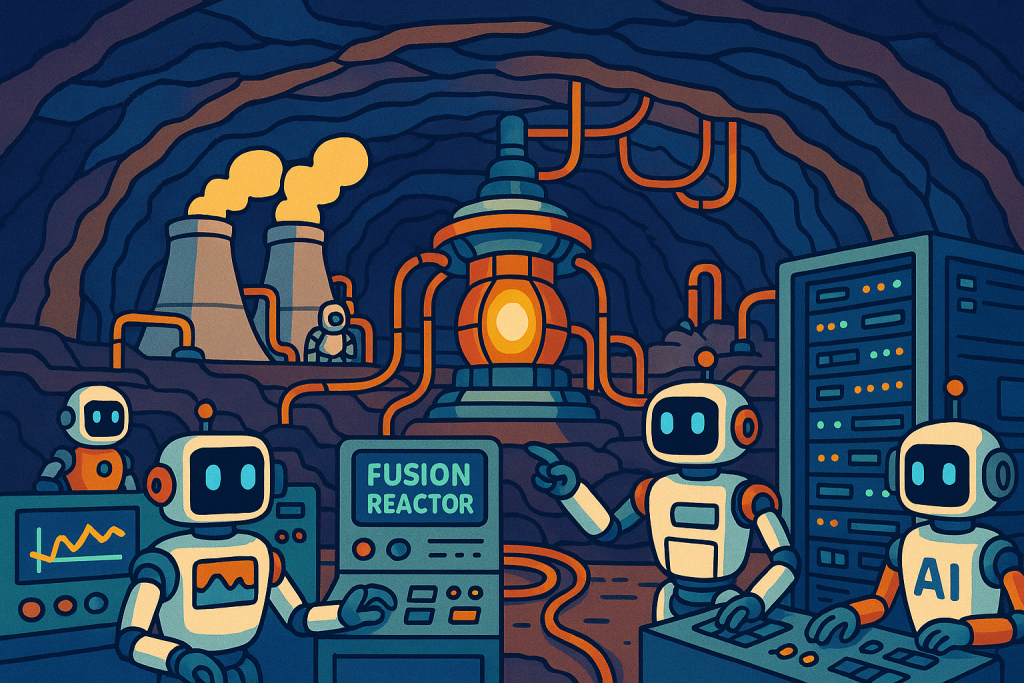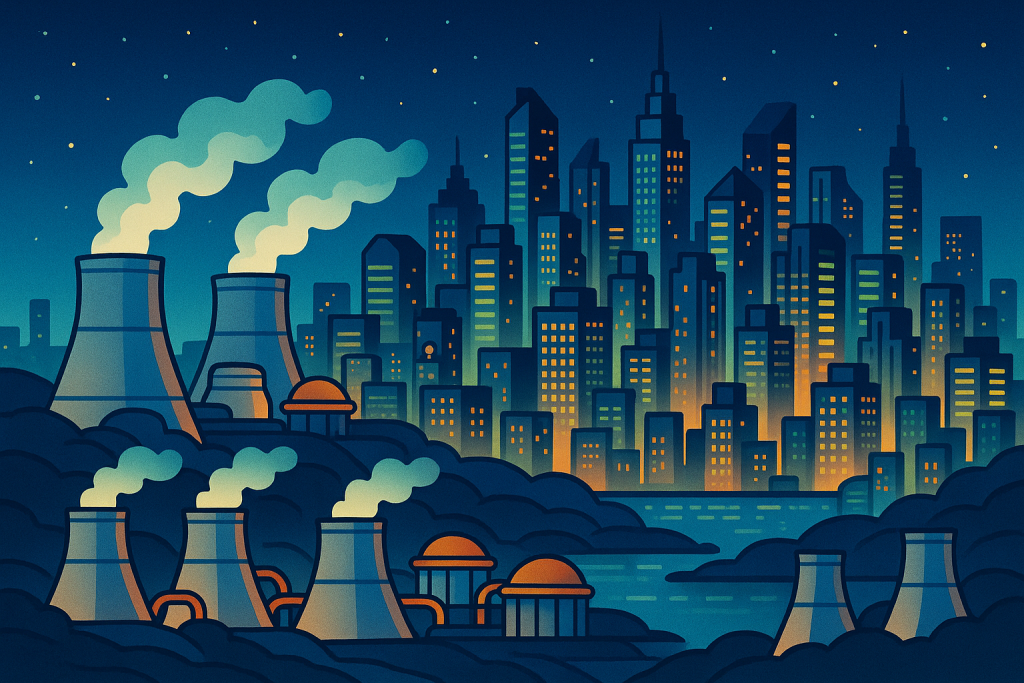Global energy producers are facing an urgent crisis as the demand for machines and servers to support artificial intelligence technologies continues to soar. As AI has exploded across every sector—powering advancements in healthcare diagnostics, transportation, finance, and even planetary exploration—the number of AI servers operating worldwide has reached unprecedented levels. These servers require a relentless and stable supply of electricity. Unfortunately, traditional energy sources—whether fossil fuels, hydroelectric, or even solar—are being pushed beyond their limits, unable to meet the exponentially growing needs. Worse still, many of these sources are non-renewable, further eroding a future already hanging by a thread.
In response to these challenges, a new trend has emerged: investors are increasingly looking to acquire and revitalize old nuclear power plants. By modernizing these facilities with the latest advancements in energy production, venture capitalists hope to bridge the widening energy gap. Many have targeted remote or lightly regulated regions, where environmental restrictions are less stringent, allowing faster development. However, these efforts are only a temporary solution, unable to fully address the scale of the growing energy demands or the inherent risks tied to traditional nuclear technology.

Out of this looming energy abyss emerged Live Fusion, a revolutionary company poised to change the course of history. Live Fusion developed the world’s first fully autonomous, AI-managed fusion reactors—machines capable of producing clean, nearly limitless energy without human intervention. Their true breakthrough wasn’t just in mastering fusion power, but in eliminating human exposure altogether. Operated entirely by a sophisticated system of AI and robotic engineering, Live Fusion’s reactors function deep underground or in isolated facilities, minimizing any risk of radiation exposure and drastically reducing the possibility of catastrophic nuclear accidents, including the uncontrolled release of radioactive material into the environment.

The technology behind Live Fusion is nothing short of breathtaking. Each reactor is an intricate, self-monitoring network of robotic systems, constantly fine-tuning magnetic fields, plasma flows, and cooling mechanisms with unmatched precision. Where old nuclear reactors were seen as ticking time bombs needing human oversight, Live Fusion’s reactors are living, thinking ecosystems—immune to fatigue, error, and human misjudgment. Here, safety isn’t an afterthought; it is woven into the very fabric of the reactor’s intelligent design.
The impact was immediate and profound. With virtually unlimited clean energy flowing from Live Fusion reactors, AI servers worldwide could operate continuously without fear of power shortages. The age of energy scarcity was quickly replaced by an era of abundance. Nations raced to modernize their aging infrastructure, retiring outdated nuclear plants and adopting Live Fusion’s robotic solutions. As energy prices dropped and innovation surged, even the most remote and underserved parts of the planet were finally brought online, ushering in new waves of economic and technological growth.

Yet beyond the technical achievements and economic benefits, Live Fusion symbolized something far greater: a reimagined relationship between humanity, technology, and the environment. For the first time, the fundamental forces of the universe could be harnessed safely, cleanly, and sustainably—without jeopardizing life on Earth. Live Fusion showed that technology need not come at the expense of the planet, but could instead become its greatest protector, ensuring a vibrant future for generations to come. In the end, Live Fusion didn’t just save the future of AI and the servers that power it—it saved the future of humankind.
